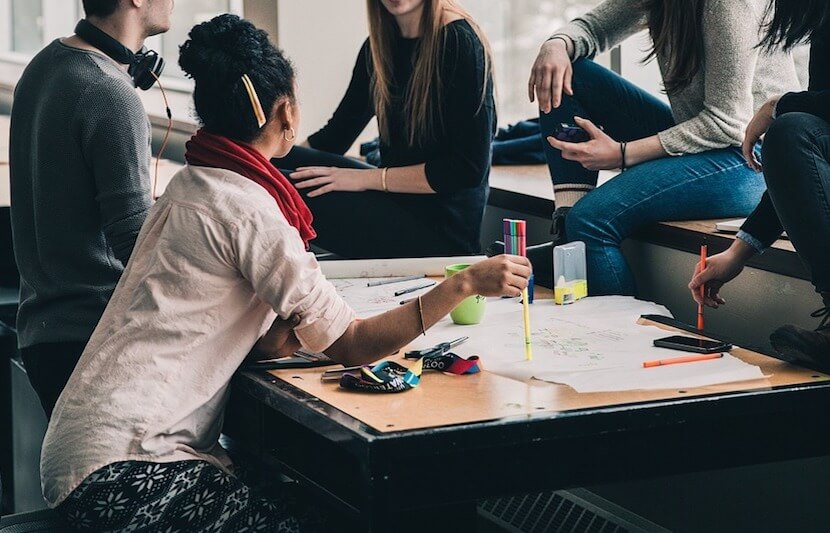Every year, highly-qualified students from around the U.S. forego the opportunity to attend top colleges and universities in favor of less competitive ones. This phenomenon is called undermatching, and it has been a persistent problem for educators and policymakers in recent years.
In a recent study, researchers at the University at Buffalo (UB) have found that undermatching can have a significant impact on students’ futures, beginning with their performance in college. Undermatched students are less likely to graduate on time than students whose school matches their qualifications.
Using the U.S. Department of Education’s Educational Longitudinal Study, the researchers pulled a sampled of 4,970 students who enrolled in a four-year college within a year of graduation.
Out of this sample, approximately 40 percent were undermatched, corresponding to the nationwide average.
Impact of undermatching
The statistics suggested that undermatched students disproportionately come from economically-disadvantaged and minority backgrounds. Undermatching was highest for black students (49 percent), followed by white students (45 percent), Hispanic students (41 percent), and Asian students (31 percent).
Using this data, the researchers determined that undermatched students were 80 percent less likely to graduate within four years and 70 percent less likely to graduate in six years than non-undermatched students.
Surprisingly, undermatching seemed to have a more significant impact on students who were high achievers in high school. Undermatched students who, based on high school performance and background characteristics, were considered to have a high probability of graduation, were in fact even less likely to graduate on time.
So, why does undermatching have such a strong impact on graduation rate?
“There may be several reasons,” said Chungseo Kang, a postdoctoral associate in the UB Graduate School of Education and co-author of the study. “At an individual level, enrolling in less selective colleges than their qualifications could make them face poorer future earnings, and could negatively affect the motivation to graduate. At an institutional level, poorer peer climate in the ‘undermatched’ campus, and less academic, and non-academic supports from the college could matter.”
The graduation gap also varied based on ethnic background. Undermatched Hispanic students faced the highest graduation gap, graduating at only a 30 percent rate, compared to 60 percent for non-undermatched Hispanic students.
The graduation gap between properly matched and undermatched students held true even after controlling for various factors, including academic expectations, preparation, and performance; socioeconomic status; and first-generation status.
“The vast majority of research on college completion has focused on either undermatching, or race/ethnicity, and often take account for one factor when testing the effect of the other,” said Kang. “Few researchers have been able to draw on any systematic research into the interaction between undermatching and race/ethnicity on college completion.”
Why does undermatching occur?
Undermatching happens for a variety of reasons.
Because undermatched students tend to come from economically-disadvantaged backgrounds, they might not think they have the resources to attend a top university.
Many qualified students don’t even apply to highly-rated programs that they would qualify for, perhaps suggesting that they are not made aware of their full options, and that college recruiters are not doing enough to reach out to low-income and minority backgrounds.
What can be done to resolve it?
There is no clear solution to undermatching, as there is no single reason that it occurs. The problem likely needs to be approached from a variety of angles — institutionally, politically, individually, educationally, etc.
Nevertheless, this recent study provides valuable information for educators and policymakers working to combat the issue.
“The results suggest that policymakers and educators need to be concerned about college completion for even highly qualified students if they are undermatched,” Kang said in a statement. “To improve college completion rates for students, in particular for Hispanic students, it is important to encourage them to attend a college that matches their qualifications.”
Moving forward, the researchers will continue to investigate the relationship between undermatching and graduation, with a focus on college quality.



